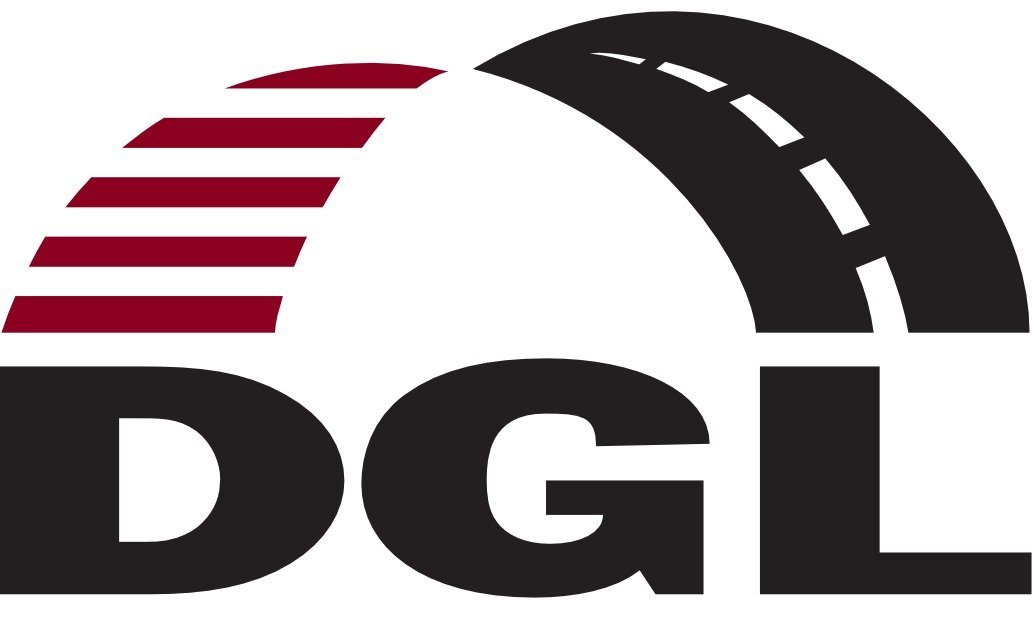Construction on Busy Road Causes Drivers to See… Orange
/There are some things that can be counted on every spring: the appearance of robins, budding trees, tulips and daffodils. And, oh yes - those oh-so-familiar orange barrels that pop up every spring and seem not to disappear again until the beginning of the following winter.
As frustrating as it can be to sit in traffic waiting your turn to proceed through the road construction, have you ever wondered how complicated these projects might be? What does it take to coordinate the improvement of our infrastructure so that, once construction is completed, traffic runs smoothly?
Recently, improvements have begun on a popular roadway in Maumee, and DGL Consulting Engineers is supporting the City of Maumee in managing and inspecting the construction efforts. According to Ahmed Hamid, Principal of DGL and Director of the firm’s Construction Services division, the enhancement of two miles of Reynolds Road/Conant Street was started in early February and will be completed in mid-July. The reconstruction project includes the section of Conant that runs from the Turnpike entrance/exit ramps south to the Anthony Wayne Trail. In addition to reducing accidents and alleviating traffic flow interruptions from inefficient traffic control devices, the project is expected to improve the visibility of signals, plus add to and improve the signage that indicates lane usage. The enhancements will also create sidewalks that will meet ADA requirements.
As can be imagined, a project of this type involves a variety of stakeholders. “The entities involved in the Conant Street Reconstruction project are numerous,” states Joe Camp, Director of the Department of Public Service for the City of Maumee. “First, we have the public entities, including not only the City of Maumee, but also the Ohio Department of Transportation and the Federal Government, which are providing funding for the project through ODOT and Federal Highway Administration programs.” Add to that the mix of contractors who will be involved – those providing excavating, landscaping, concrete and asphalt paving, piping, signage, and painting – each whose work must be coordinated with the others. Then there are the materials testing lab, utility companies, and representatives of the railroad with whom the City of Maumee and DGL will be working to accommodate requirements and schedules. “And we can’t forget the other construction projects that will be occurring along that stretch of Conant, including new restaurants, a new Kroger store, a signal upgrade/rehabilitation at the LA Fitness/Calvary Church intersection, and the Ohio Turnpike Third Lane Widening project,” says Mr. Camp. “Each will have an impact on the Conant Street project, and vice versa.”
So, how will DGL coordinate and accommodate all of these factions?
The first step was to assign a full-time professional to the project who will coordinate and oversee the day-to-day work and administration. Matt Myers, a DGL Construction Engineer, will monitor the contractors’ work and maintain communication with the City of Maumee throughout the life of the project. “Matt’s job is to make sure that the contractors are building the project according to the plans and specifications and that the project stays on schedule,” comments Ahmed Hamid, DGL’s Principal-In-Charge. “He schedules and facilitates regular construction progress meetings and provides monthly progress reports to the City of Maumee. In addition, DGL is coordinating the testing of materials used on the project; evaluating and giving recommendations for approval of contractors’ payment requests to the City; assessing the need for changes to the contract documents; and, in coordination with the City, preparing the paperwork required for submission to ODOT.” Participating in the final inspection and close out of the project also falls under DGL’s responsibilities. “Our work isn’t completed until the City and ODOT sign off on the project,” states Ahmed.
Coordinating the input and needs of the various stakeholders is one aspect of the complicated roadway reconstruction. Then there are the challenges and issues that go along with this type of project - things like lane/road closings and the establishment of detours in order to maintain traffic flow; taking precautions to assure the safety of drivers, pedestrians, and construction workers; creating haul routes to enable trucks with construction materials to access and maneuver the site; and minimizing erosion as the roadway is re-constructed. “And we can’t forget the needs of current commercial and corporate businesses along the route,” says Ahmed. “Their right-of-ways have to be maintained so they are accessible, and the utilities they rely on need to be relocated so they can continue to operate throughout the construction period.”
So, the next time you’re stuck in traffic and feel frustrated, maybe it will help to remember that roadway reconstruction projects are not an easy undertaking and take place for the benefit of the community’s citizens and visitors. Oh yes - and that a great deal of foresight and planning is brought to the table prior to the appearance of the first orange barrel.

